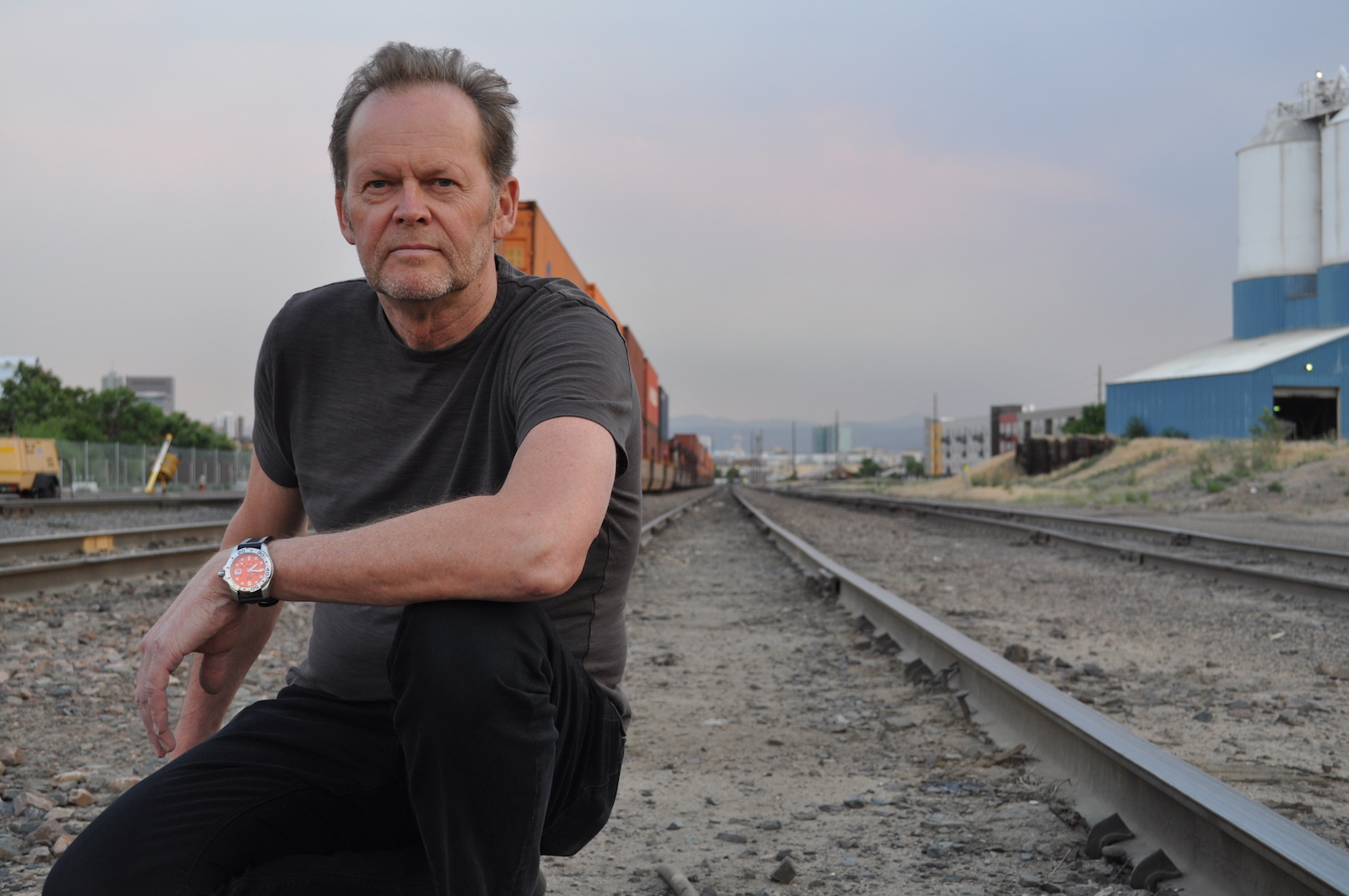The Local newsletter is your free, daily guide to life in Colorado. For locals, by locals.
As a resident of Denver for more than 30 years, Mark Johnson has seen some changes. The president of Civitas, a local urban design and landscape architecture firm, has had a hand in developing (or redeveloping) Commons Park, City of Cuernavaca Park, Larimer Square, Stapleton, Belmar, and many other notable spaces.
The widespread growth that Denver and Colorado are experiencing has provided Civitas—which has completed projects all over North America—with even more local opportunities. But with all this growth comes many questions, and Johnson isn’t convinced we’re addressing these issues as well as we could.

(Read our October feature on Denver’s growth, “The New (And Improved?) Denver”)
“The fundamental issue is not with the codes or rules around development,” he says. “It’s that the rate of [population] influx is so dramatic it far outpaces the city’s ability to rationally develop the best procedures to deal with that rate of growth. That’s why so many individual neighborhoods have been complaining mightily about it.”
Although he applauds the addition of a design review process to many of these new projects, it’s produced some unintended results, namely with planned unit developments (PUDs). These are the mixed-use structures that are popping up all over the metro area. Some of them are great, but many of them have a similarly uninspiring, monolithic look and feel.
According to Johnson, this is no accident. “Most people would tell you that the [new building] design we’ve seen in the past 10 years is not very good,” he says. “I’ve done an immense amount of design review over the years, and you can see essentially the same ugly project in every city. The formulas for them are being repeated because of economics.”
In Denver and elsewhere, developers often end up essentially reproducing past projects because they know they can get them approved, which compromises creativity. “The norm has become attempts to make large buildings look small by fragmenting them architecturally,” Johnson says. “They just don’t hang together very well as architecture. The constant pressure [from concerned neighborhood groups] is dumbing down creativity because that increases the difficulty of getting projects approved, which moves us toward the lowest common denominator.” He says that issues such as setting limits on the height and bulk of projects is the kind of thing that should be addressed in individual neighborhood plans, but that “the pace of development makes it impossible to update a neighborhood plan in the City Council. That’s where we should be having these arguments.”
Like many others, Johnson also sees a storm brewing around the issue of affordable housing but says the discussions about it are often disingenuous. “Many people in urban planning and real estate will say that if we don’t allow growth, housing prices will rise,” he says. “But look at what’s actually happened: We’ve seen huge amounts of new development in the past five years, yet our rents are higher than ever. So it’s a false argument.”
He adds that while he maintains a sense of optimism about Denver’s future, we’ll need to be very careful about how we welcome and adjust growth without losing our unique sense of place. “[Former Denver Mayor] Wellington Webb told me that he learned as a kid that Denver was always known as an open community with a spirit of optimism and progressivism,” Johnson says. “We are a symbol nationwide for success and opportunity, and the spirit of the place is what’s causing people to move here.”
That said, Denver is far from alone among small or mid-sized cities that have been figuring out how to handle large incursions of new residents. “Cities are attracting younger people like never before, largely because of technology and service economies that are one result of globalization,” Johnson says “[Growth] isn’t a Denver problem; it’s a worldwide issue. You could have this exact same conversation in Prague.”








